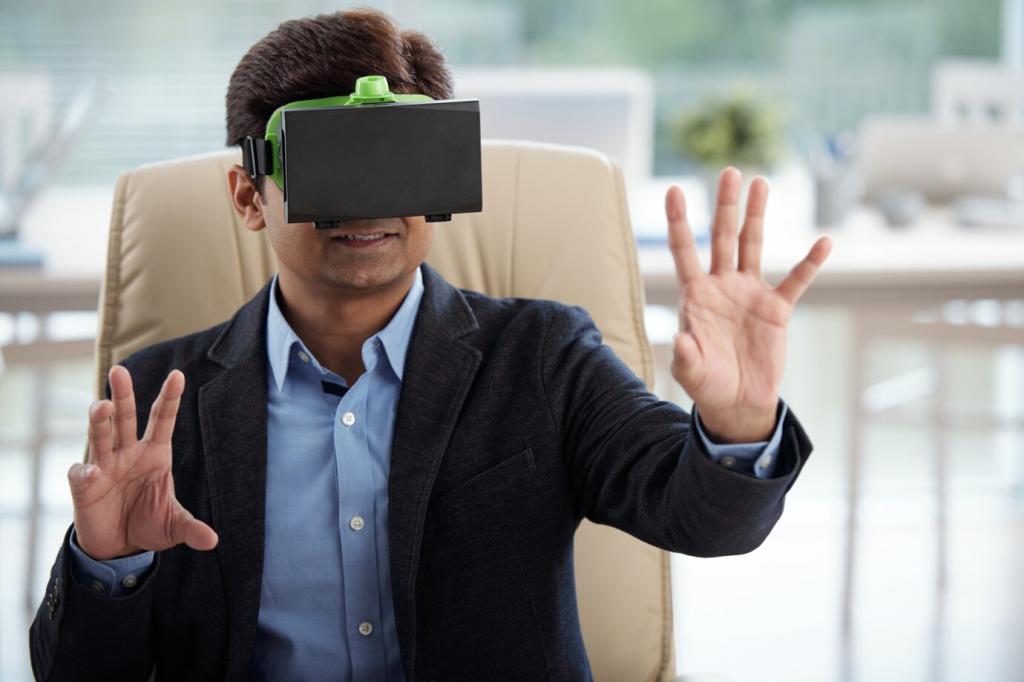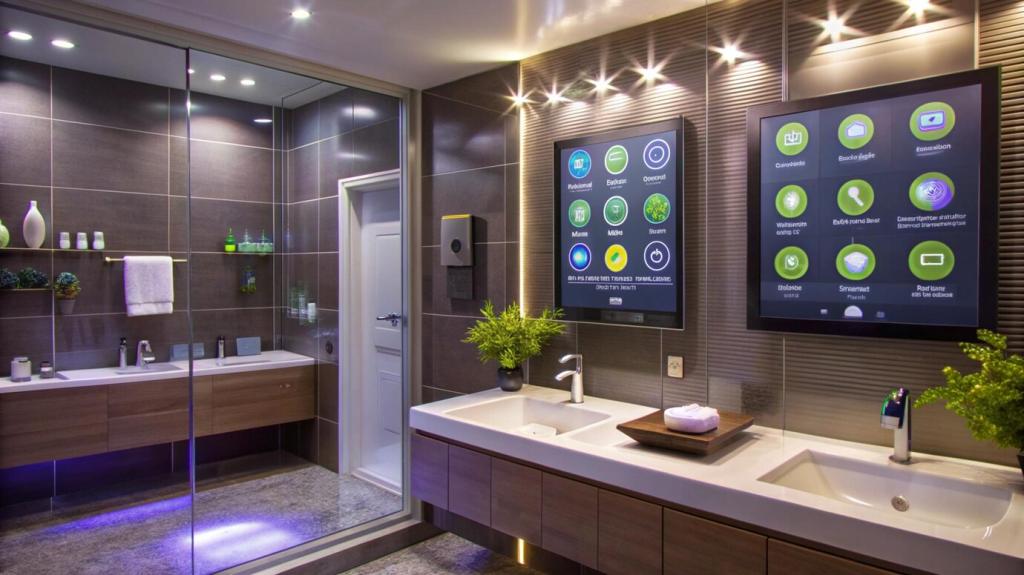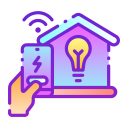
Smart Home Technologies for the 21st Century
Explore the transformative world of smart home technologies as they redefine convenience, security, and efficiency in modern living. This page delves into the various facets of smart home innovation, showcasing how advanced solutions integrate seamlessly into everyday life. From intelligent climate control to voice-enabled assistants, discover how 21st-century breakthroughs continue to shape our domestic experiences, fostering comfort and peace of mind while supporting sustainability and energy efficiency.

Early Automation Roots
The journey toward modern smart homes began with simple conveniences such as programmable thermostats and timed lighting systems. These early innovations paved the way for more complex automated tasks, allowing homeowners to manage their environments with increased precision. Although rudimentary by today’s standards, these developments demonstrated the value of technology in household management, sparking a wave of creativity and ambition in both consumers and developers.

The Age of Connectivity
As the internet became ubiquitous, so did the possibilities for interconnected devices within the home. This era marked the birth of the Internet of Things (IoT), where appliances, lighting, security systems, and entertainment centers could ‘talk’ to each other via networked protocols. The newfound ability to control and configure devices remotely—whether it was unlocking a door or checking on a pet cam—brought unparalleled convenience, security, and peace of mind to homeowners everywhere.

The Rise of Intelligent Systems
Moving beyond connectivity, intelligent systems brought context-aware automation and predictive analytics into the household. Machine learning algorithms could now anticipate user preferences, adjust settings automatically, and even detect anomalies such as leaks or intrusions. This evolution transformed the home from a collection of gadgets into a truly interactive environment, capable of adapting to human needs and routines with remarkable accuracy and flexibility.


Intelligent Climate Control
Programmable thermostats were among the first smart home gadgets to gain mainstream popularity by enabling users to schedule heating and cooling cycles. Modern versions now incorporate sensors and algorithms that learn from household routines, adjusting temperatures automatically based on occupancy and lifestyle. The result is not only enhanced comfort but also significant reductions in energy use, leading to lower utility bills and a reduced carbon footprint.

Popular Voice Platforms
Devices enabled with smart voice assistants—such as smart speakers and displays—have rapidly become household staples. Platforms like Amazon Alexa, Google Assistant, and Apple Siri offer millions of users personalized management of their homes, calendars, and entertainment. By interpreting spoken commands, these systems provide seamless control over lighting, climate, music, shopping, and more, all without lifting a finger.
Automation Hub Capabilities
Automation hubs act as the nerve center for smart devices, fostering seamless interoperability among products from different manufacturers. These hubs handle device coordination, enabling intricate automation routines triggered by time, presence, or context. For instance, a single command can initiate a “Good Night” routine, dimming lights, locking doors, and adjusting thermostats simultaneously—making everyday life more streamlined and stress-free.
Enhancing Accessibility
Voice and automation technologies greatly enhance accessibility, offering invaluable support to individuals with mobility, vision, or dexterity challenges. Through simple voice instructions or easily customizable routines, residents can manage their environment independently. These features extend smart home benefits to a broader population, underscoring the commitment to inclusive design and universal usability in 21st-century living.
Energy Management and Efficiency
Real-Time Consumption Monitoring
Modern smart meters and home energy monitors enable real-time tracking of electricity usage for both entire homes and individual appliances. Through intuitive dashboards, residents gain instant insights into their consumption patterns, identifying unexpected spikes and inefficiencies. This transparency encourages more mindful habits and supports cost-saving decisions by highlighting areas where small changes can lead to significant savings.
Automated Energy Optimization
Smart systems can intelligently schedule or adjust appliance operations to coincide with periods of lower energy demand or cheaper rates, further reducing costs. Devices such as smart plugs, thermostats, and lighting systems respond to these strategies, operating only when needed or in harmony with user routines. This automated optimization minimizes energy waste and delivers tangible benefits for homeowners and the environment alike.
Integration with Utility Grids and Renewables
Some advanced homes participate actively in smart grids, communicating with utility providers to adjust loads based on real-time demand. These systems can store surplus energy from solar panels, feed power back to the grid, or draw selectively during off-peak periods. Such integration allows consumers not only to reduce their bills but also to contribute to the broader energy ecosystem, helping stabilize power networks and promote sustainable practices.
Multi-Room Audio Systems
Connected speakers and streaming platforms make it possible to enjoy music, podcasts, or news in any room—or every room—of the house. Users control playlists, adjust volume, and curate experiences via voice or mobile applications, offering tailored audio ambiances for relaxation, productivity, or social gatherings. The flexibility and synchronicity of these systems enhance every moment spent at home.
Intelligent Television and Streaming
Smart TVs and streaming devices consolidate an immense array of content options, from on-demand programming to live events and gaming. Personalization features recommend shows, movies, or music based on preferences, while integration with other smart devices enables seamless handoffs between mobile screens and living room displays. The result is an entertainment experience curated specifically to each user, elevating both ease and enjoyment.
Enhanced Home Theaters
Advanced home theater setups combine automated lighting, sound, and climate controls to create cinema-quality experiences within the comfort of home. Smart projectors and surround sound can be synchronized with media playback, while blackout curtains and seat warmers are activated with a single command. These immersive configurations adapt effortlessly to movie nights, gaming sessions, or musical performances, transforming ordinary rooms into extraordinary venues.
Health and Wellness Monitoring
Sleep Quality Tracking
Smart home devices monitor sleep patterns, environmental factors, and restfulness through a combination of sensors embedded in beds or wearables. They generate detailed insights into sleep cycles and offer recommendations for improvement, such as adjusting room temperature or lighting. This data-driven approach helps users refine bedtime routines and wake up feeling more refreshed, fostering long-term health benefits.
Air and Water Quality Management
Indoor air and water quality are crucial for a healthy home. Modern sensors continuously detect pollutants, allergens, humidity, and contaminants, automatically triggering filtration or purification systems when needed. Notifications and real-time dashboards alert residents to any concerns, ensuring that the environment remains safe and comfortable. These tools are especially valuable for families with allergies or underlying health sensitivities, supporting better daily living.
Smart Fitness Integration
Fitness enthusiasts benefit from smart equipment and applications that guide, track, and motivate activity. Home gyms equipped with interactive workout platforms and wearables sync seamlessly with apps to monitor progress, offer personalized coaching, and share performance data. These capabilities transform exercise from a solitary routine to a connected, engaging experience that encourages consistency and achievement.
